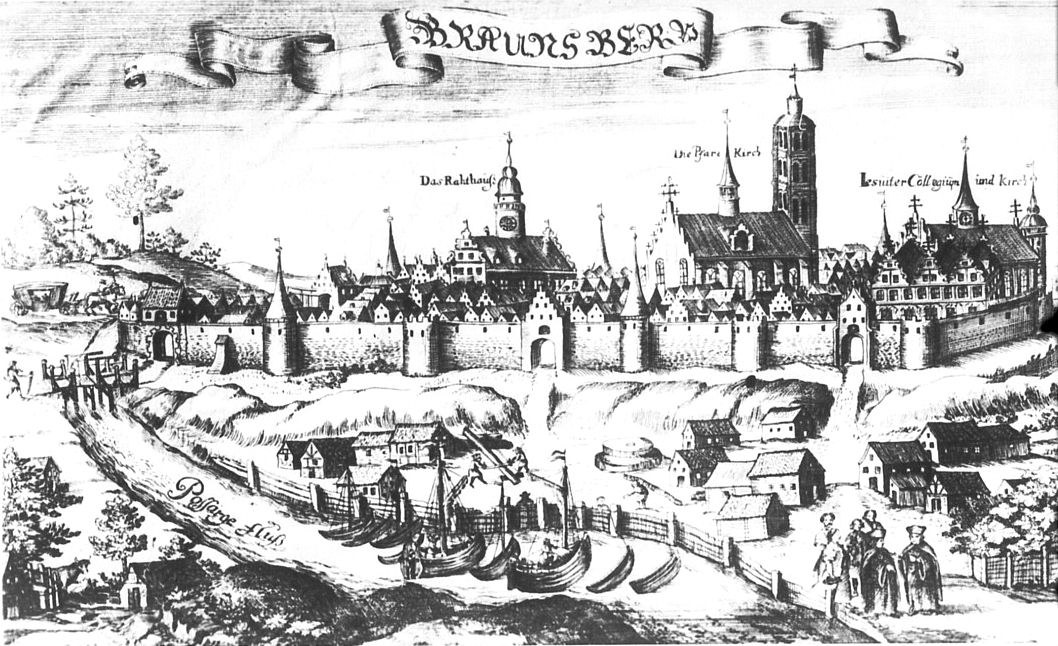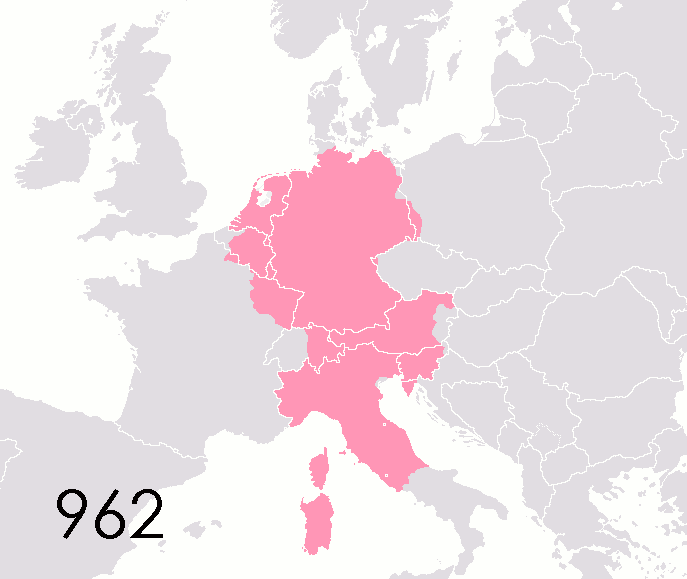|
Isenburg-Braunsberg
Isenburg-Braunsberg was the name of a state of the Holy Roman Empire, based around Braunsberg in modern Rhineland-Palatinate, Germany. It was created as a partition of Isenburg-Isenburg in 1199 (1210). In 1338 Isenburg-Braunsberg became an Imperial County. It slowly acquired territories of the County of Wied The County of Wied () was a territory of the Holy Roman Empire located on the river Wied where it meets the Rhine. Wied emerged as a County earlier than many other German states. From 1243–1462, Wied was united with an Isenburgian County as I ..., being renamed to Isenburg-Wied in 1388. Counts of Isenburg-Braunsberg {{coord missing, Rhineland-Palatinate Counties of the Holy Roman Empire House of Isenburg ... [...More Info...] [...Related Items...] OR: [Wikipedia] [Google] [Baidu] |
Isenburg-Wied
Isenburg-Wied was the name of a state of the Holy Roman Empire, based around Neuwied in modern Rhineland-Palatinate, Germany. It was renamed from Isenburg-Braunsberg in 1388, and was superseded by Wied Wied may mean: Places *County of Wied, a County of Rhineland-Palatinate, Germany *Wied (river), in Rhineland-Palatinate, Germany *Wied, Rhineland-Palatinate, a community in Rhineland-Palatinate, Germany *Wied, Texas, an unincorporated area in Texas ... in 1462. Counts of Isenburg-Wied Counties of the Holy Roman Empire House of Isenburg States and territories established in 1210 {{Germany-hist-stub ... [...More Info...] [...Related Items...] OR: [Wikipedia] [Google] [Baidu] |
Isenburg-Isenburg
Isenburg-Isenburg was the name of a state of the Holy Roman Empire, based around Isenburg in modern Rhineland-Palatinate, Germany. It was created as a partition of the Niederlahngau in 1137. It partitioned into Lower Isenburg and Isenburg-Braunsberg Isenburg-Braunsberg was the name of a state of the Holy Roman Empire, based around Braunsberg in modern Rhineland-Palatinate, Germany. It was created as a partition of Isenburg-Isenburg in 1199 (1210). In 1338 Isenburg-Braunsberg became an Imperia ... in 1199. House of Isenburg Counties of the Holy Roman Empire {{RhinelandPalatinate-geo-stub ... [...More Info...] [...Related Items...] OR: [Wikipedia] [Google] [Baidu] |
Braunsberg
Braniewo () (german: Braunsberg in Ostpreußen, la, Brunsberga, Old Prussian: ''Brus'', lt, Prūsa), is a town in northern Poland, in Warmia, in the Warmian-Masurian Voivodeship, with a population of 16,907 as of June 2021. It is the capital of Braniewo County. Braniewo is the second biggest city of Warmia after Olsztyn and one of the historical centers of the region. Location Braniewo lies on the Pasłęka River about 5 km from the Vistula Lagoon, about 35 km northeast of Elbląg and southwest of Kaliningrad ( pl, Królewiec). The Polish border with Russia's Kaliningrad Oblast lies 6 km north, and may be reached from Braniewo via National road 54. History Middle Ages According to the German geographer Johann Friedrich Goldbeck (1748-1812), the town originally was named Brunsberg after Bruno von Schauenburg (1205–1281), bishop of Olomouc in Moravia, who accompanied King Ottokar II of Bohemia in 1254 and 1267 when the latter participated i ... [...More Info...] [...Related Items...] OR: [Wikipedia] [Google] [Baidu] |
Holy Roman Empire
The Holy Roman Empire was a political entity in Western, Central, and Southern Europe that developed during the Early Middle Ages and continued until its dissolution in 1806 during the Napoleonic Wars. From the accession of Otto I in 962 until the twelfth century, the Empire was the most powerful monarchy in Europe. Andrew Holt characterizes it as "perhaps the most powerful European state of the Middle Ages". The functioning of government depended on the harmonic cooperation (dubbed ''consensual rulership'' by Bernd Schneidmüller) between monarch and vassals but this harmony was disturbed during the Salian period. The empire reached the apex of territorial expansion and power under the House of Hohenstaufen in the mid-thirteenth century, but overextending led to partial collapse. On 25 December 800, Pope Leo III crowned the Frankish king Charlemagne as emperor, reviving the title in Western Europe, more than three centuries after the fall of the earlier ancient West ... [...More Info...] [...Related Items...] OR: [Wikipedia] [Google] [Baidu] |
Rhineland-Palatinate
Rhineland-Palatinate ( , ; german: link=no, Rheinland-Pfalz ; lb, Rheinland-Pfalz ; pfl, Rhoilond-Palz) is a western state of Germany. It covers and has about 4.05 million residents. It is the ninth largest and sixth most populous of the sixteen states. Mainz is the capital and largest city. Other cities are Ludwigshafen am Rhein, Koblenz, Trier, Kaiserslautern, Worms and Neuwied. It is bordered by North Rhine-Westphalia, Saarland, Baden-Württemberg and Hesse and by the countries France, Luxembourg and Belgium. Rhineland-Palatinate was established in 1946 after World War II, from parts of the former states of Prussia (part of its Rhineland and Nassau provinces), Hesse ( Rhenish Hesse) and Bavaria (its former outlying Palatinate kreis or district), by the French military administration in Allied-occupied Germany. Rhineland-Palatinate became part of the Federal Republic of Germany in 1949 and shared the country's only border with the Saar Protectorate until the latt ... [...More Info...] [...Related Items...] OR: [Wikipedia] [Google] [Baidu] |
County Of Wied
The County of Wied () was a territory of the Holy Roman Empire located on the river Wied where it meets the Rhine. Wied emerged as a County earlier than many other German states. From 1243–1462, Wied was united with an Isenburgian County as Isenburg-Wied. Wied was partitioned twice: between itself and Wied-Dierdorf in 1631, and between Wied-Neuwied and Wied-Runkel in 1698. The county was incorporated into the Duchy of Nassau in 1806 and into the Kingdom of Prussia at the Congress of Vienna in 1815. Since 1946, its territory has been part of the German federal state of Rhineland-Palatinate. Via William of Albania, the House of Wied ruled the Principality of Albania in 1914. Counts of Wied (c. 860–1243) *Matfried I (c. 860– ?) *Eberhard *Matfried II *Richwin II *Richwin III *Richwin IV (1093–1112) ''with...'' *Matfried III (1093–1129) *Burchard (? –1152) ''with...'' *Siegfried (1129–61) ''with...'' *Theodoric (1158–89) ''with...'' * George, in 1217-1218 h ... [...More Info...] [...Related Items...] OR: [Wikipedia] [Google] [Baidu] |
Counties Of The Holy Roman Empire
This list of states in the Holy Roman Empire includes any territory ruled by an authority that had been granted imperial immediacy, as well as many other feudal entities such as lordships, sous-fiefs and allodial fiefs. The Holy Roman Empire was a complex political entity that existed in central Europe for most of the medieval and early modern periods and was generally ruled by a German-speaking Emperor. The states that composed the Empire, while enjoying a unique form of territorial authority (called '' Landeshoheit'') that granted them many attributes of sovereignty, were never fully sovereign states in the sense that term is understood today. In the 18th century, the Holy Roman Empire consisted of approximately 1,800 such territories, the majority being tiny estates owned by the families of Imperial Knights. This page does not directly contain the list but discusses the format of the various lists and offers some background to understand the complex organisation of the Holy ... [...More Info...] [...Related Items...] OR: [Wikipedia] [Google] [Baidu] |


